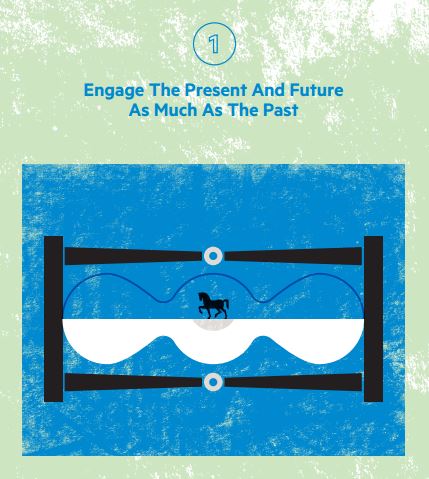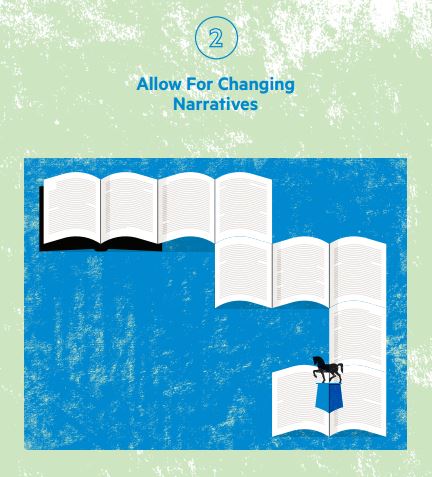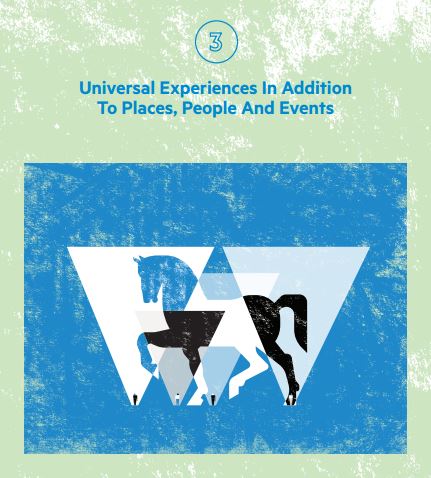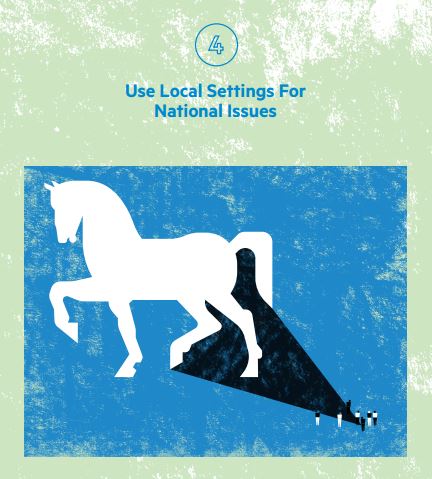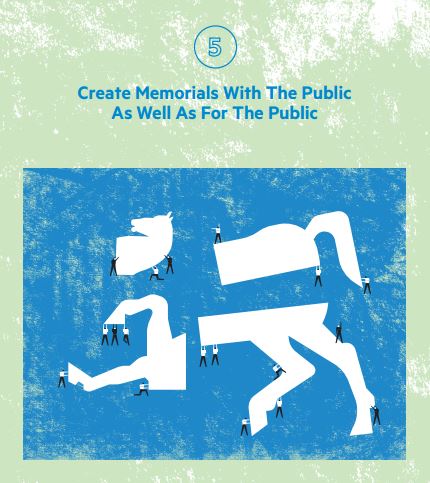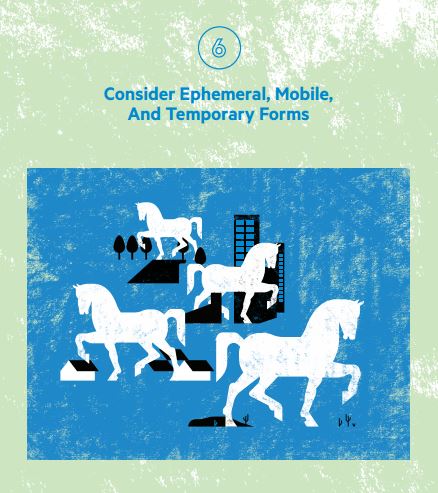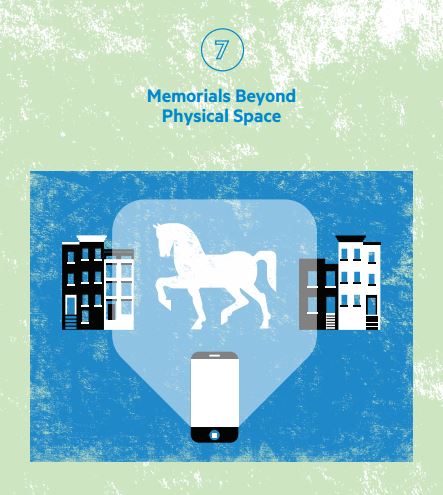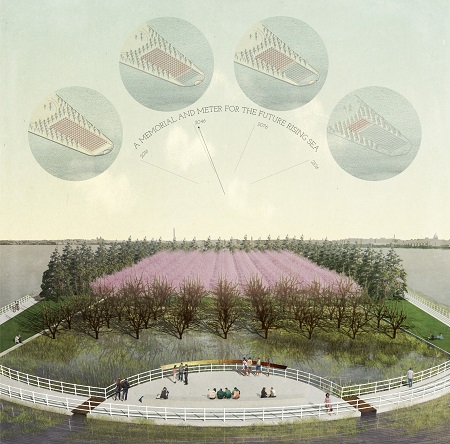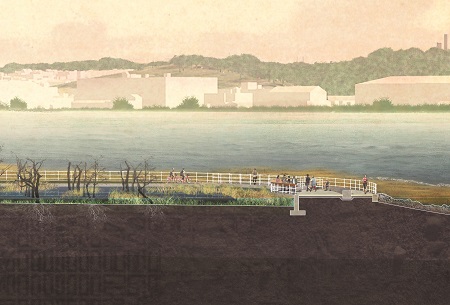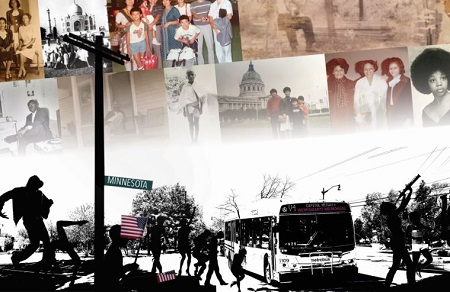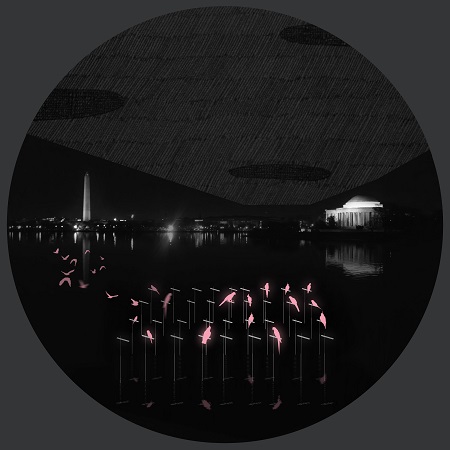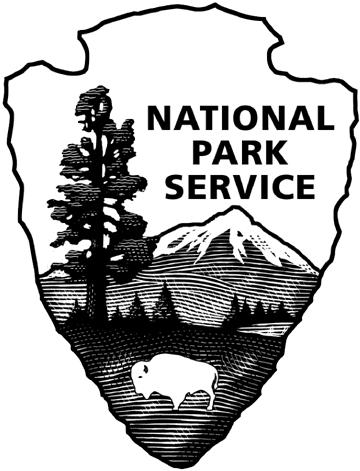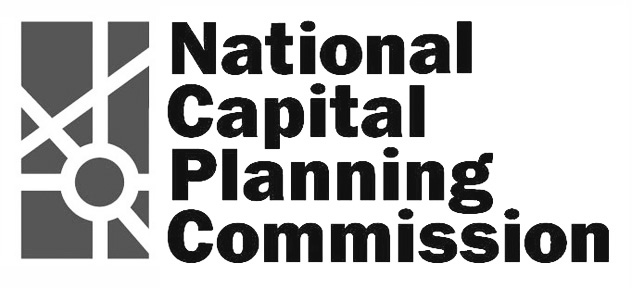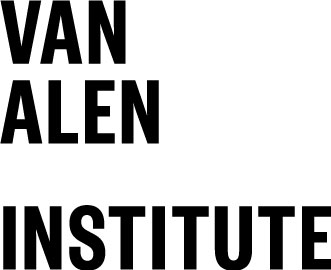
The National Park Service (NPS), the National Capital Planning Commission (NCPC), and Van Alen Institute collaborated on Memorials for the Future, an ideas competition to reimagine how we think about, feel, and experience memorials.
Memorials enshrine what we as a society want to remember. But the places, people, and stories that we memorialize, and the audiences who engage with them, are in fact constantly changing. A memorial tells its story through subject matter and design. This story is often complex and multi-dimensional as a memorial’s interpretive elements embody ideas of identity, culture, and heritage, and each have intensely personal interpretations for every individual.
The Exhibition
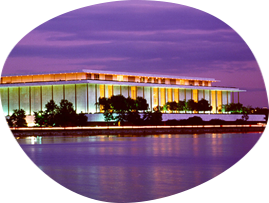
Fall 2016, the John F. Kennedy Center for the Performing Arts – a living memorial – hosted an exhibition that reimagined the nation’s future memorials and celebrated the Memorials for the Future competition’s finalist teams.
Key Findings
Van Alen Institute has worked with NPS and NCPC to develop a series of key findings for the Memorials for the Future competition. The full report is available here. For a summary of findings, please see the slideshow below.
Competition Winner
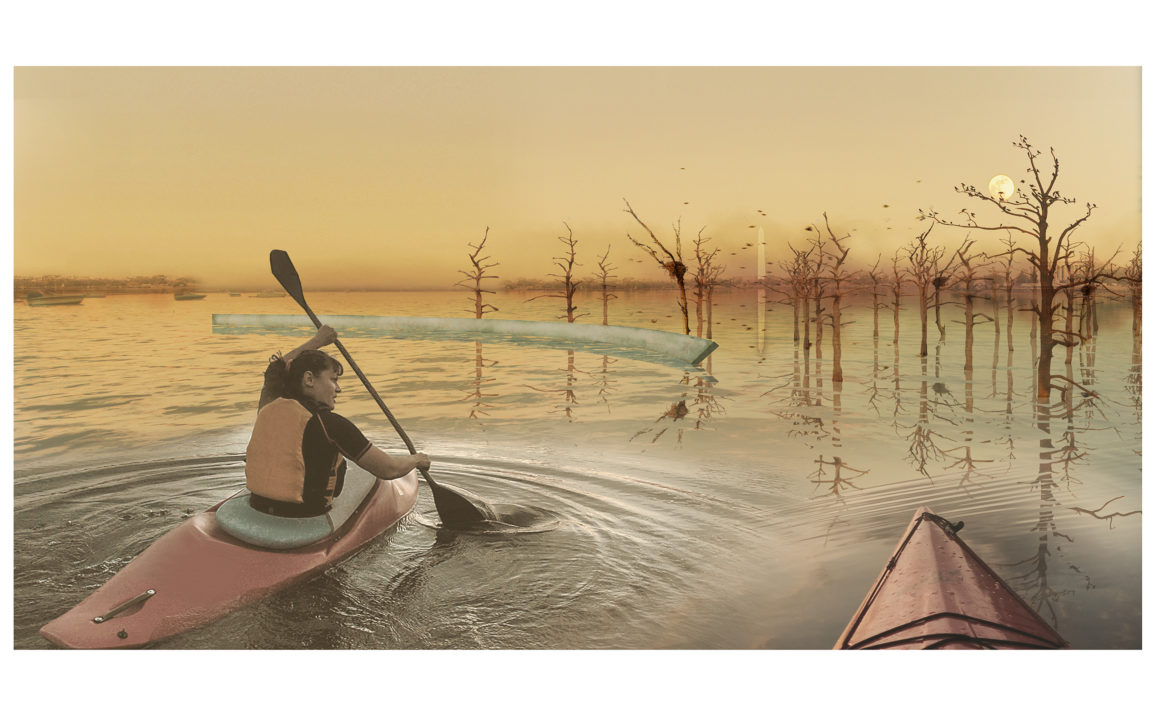
Honorable Mention
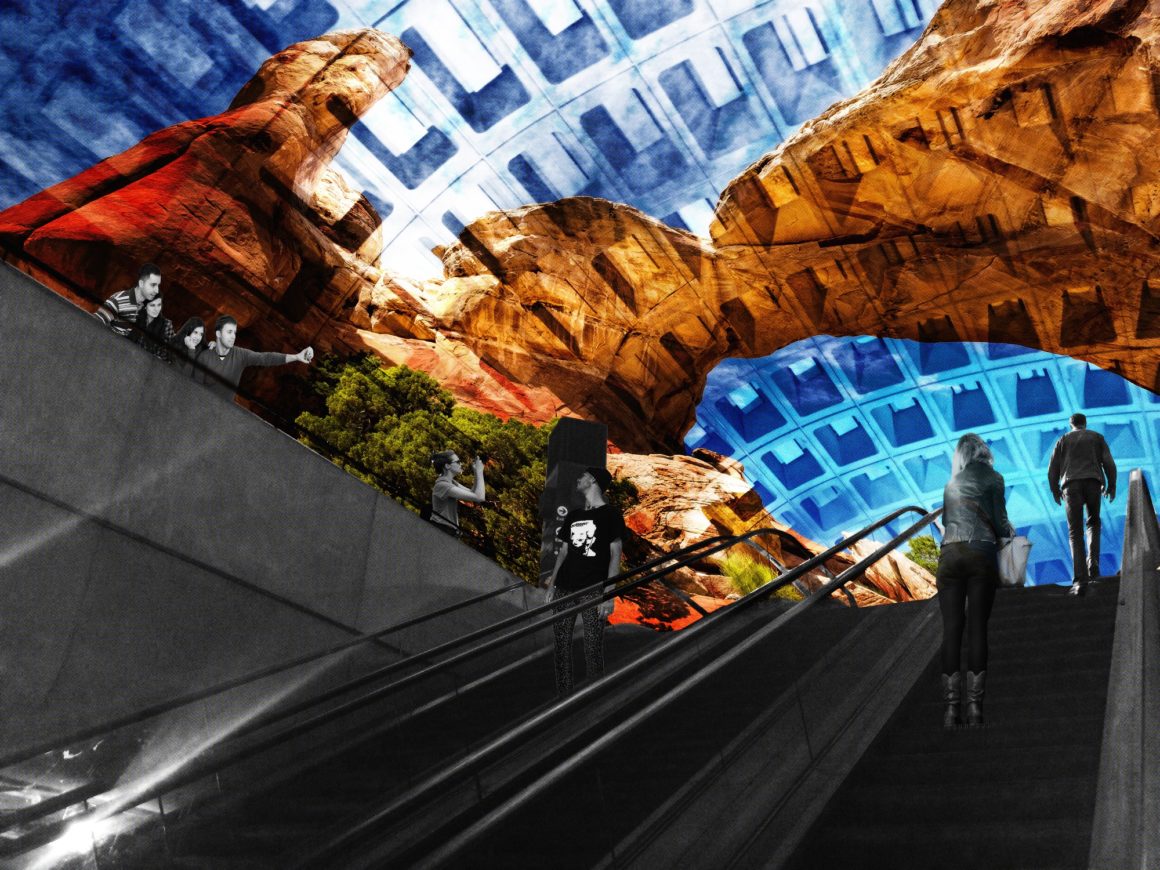
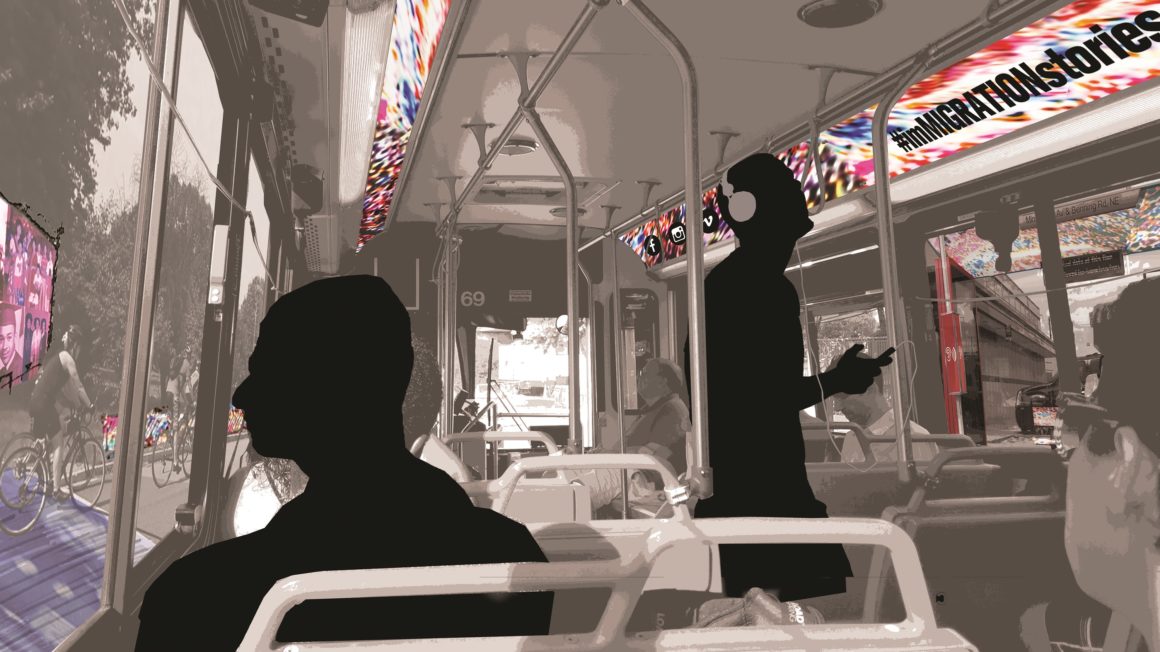
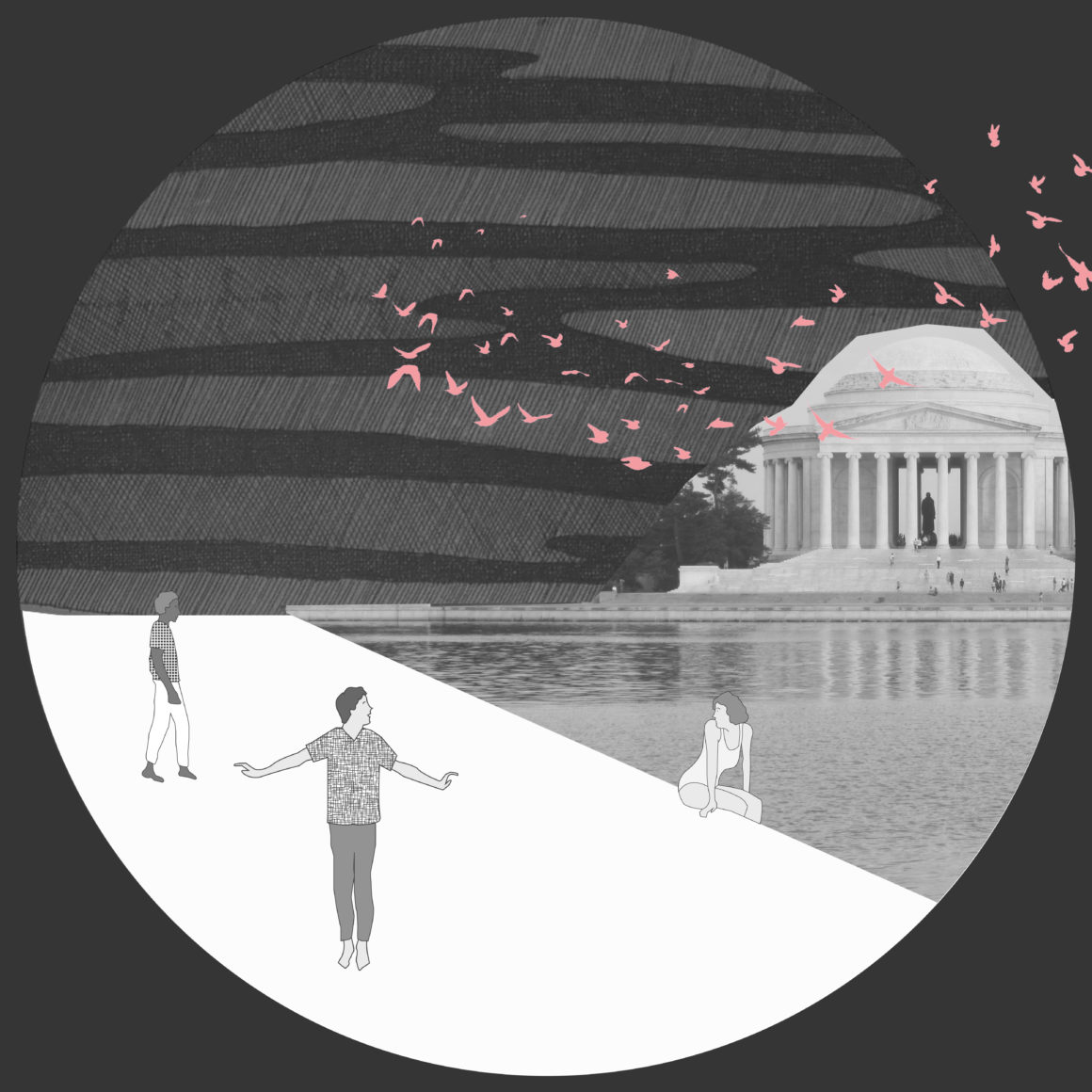
Jurors
• Marcel Acosta, Executive Director, National Capital Planning Commission
• Mark Gardner, Principal, Jaklitsch / Gardner Architects
• David van der Leer, Executive Director, Van Alen Institute
• Thomas Luebke, Commission Secretary, U.S. Commission of Fine Arts
• Jonathan Marvel, Principal and Founder, Marvel Architects
• Julie Rhoad, President & CEO, The NAMES Project Foundation
• Deborah Rutter, President, John F. Kennedy Center for the Performing Arts
• Kirk Savage, Professor, History, Art, and Architecture, University of Pittsburgh
• Jason Schupbach, Director of Design Programs, National Endowment for the Arts
• Erik E. Shaw, Director, District of Columbia Office of Planning
• Gay Vietzke, Superintendent, National Mall and Memorial Parks, National Park Service
Visit the official project website for more information about the competition.
